#Welsh myth
Text

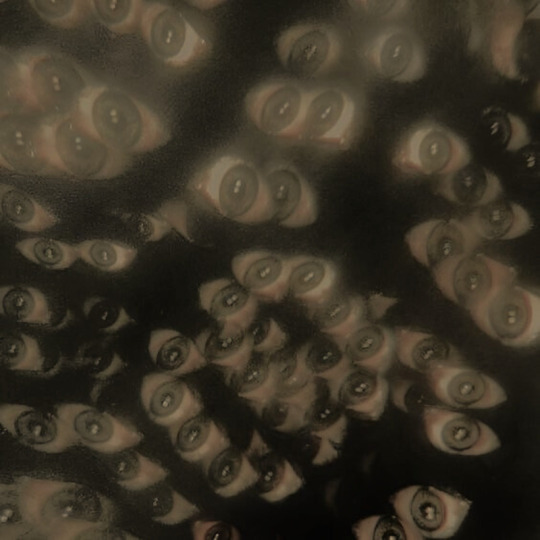
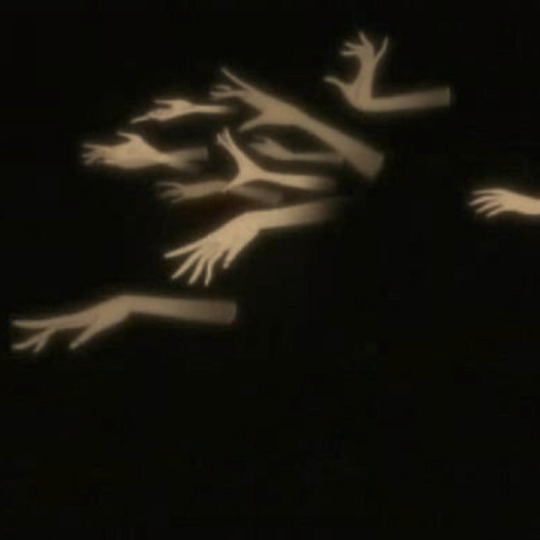






welsh mythology: coraniaid
coraniaid are characterized by a sense of hearing so acute that they can hear any word the wind touches, making action against them impossible.
392 notes
·
View notes
Text
Let's give a good round of appreciation for Camelot's answer to the Flash: Bedivere
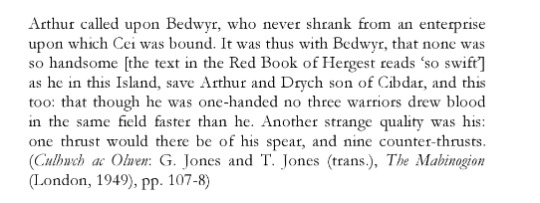
Other translations of Culhwch and Olwen read:


For Comparison, here are Guinevere's servants, Ysgyrdaf and Ysgudydd:


Apparently, these two aren't as fast as Arthur and Bedivere...
#kay gets hype for having superpowers#why not bedi?#sir bedivere#bedwyr bedrydant#welsh myth#culhwch and olwen#arthuriana#arthurian legend#arthurian mythology#arthurian legends
13 notes
·
View notes
Text

Aisling and Mari Lwyd🪄 🪄
#mari lwyd#aisling#original character#welsh folklore#welsh mythology#Welsh myth#folklore#myth#mythology
4 notes
·
View notes
Text

Prompt: Bubbling Cauldron
Decided to go with the mythology of my home, Cymru. Mainly the story of Ceridwen and Taliesin. (Tali-es-in, not Tali-sin.)
I'm going to do a read more to just write the story because I love it too much to avoid it.
💀 COMMISSIONS ARE OPEN! 💀
So Ceridwen is a Goddess of poetry, inspiration and transformation.
She lived with her husband, Tegid Foel by Llyn Tegid (aka, Bala Lake). They had two children. The oldest, a beautiful girl named Crearwy. (Her name has two other spellings, Creirwy and Creidwy.) She was known to be the most beautiful girl in the land. Their youngest, a boy named Afagddu (Or Morfran) He was seen as ugly and unintelligent. (Poor sod)
Ceridwen, worried about her son and wanting the best for him, prayed to the Arwen (basically, the source of inspiration and knowledge) and created a potion to help him at least become smart.
She hired a blind man named Morda and a young boy named Gwion Bach to help her make the potion. (Some sites don't mention Morda so I'm assuming there are version where she disguised herself as a blind man?? idk) Gwion was tasked to stir the potion non-stop for a whole year whilst Morda was to keep the fire burning.
The potion itself had strict rules, it took a year to make and only the first three drops of the potion would grant the person all knowledge and powers of Arwen.
Depending on where you read, Gwion Bach either got bored/irritated about working all year and not getting any of the potion and took the first three drops; or he stirred the potion too much by mistake and it splashed on his hand and scolded him, causing him to lick it off. Either way, he drank the potion first.
Knowing that Ceridwen would be down right pissed at finding this out, Gwion Bach ran. When Ceridwen found out, she began to chase him.
Gwion Bach gained the power of shape shifting from the potion, so he turned into a rabbit to get a headstart, Ceridwen turned into a greyhound to catch up. Gwion jumped in a river and became a fish, so Ceridwen turned into an otter. Gwion transformed into a wren, so Ceridwen changed to a hawk. When Gwion was cornered, he hid in a pile of corn seeds, so Ceridwen turned into a hen, pecking and eating each seed until she ate Gwion in rage.
Not long after, Ceridwen found out she was pregnant, who she knew was Gwion reborn. She vowed to kill the baby when he was born but found herself not able to when she gave birth to a handsome baby boy. Instead, she cast him out to sea Moses style.
He was eventually found by a prince named Elffin who raised him with the name Taliesin. Taliesin would grow up to become the greatest bard in all the land.
#mythology art#welsh mythology#celtic mythology#welsh witch#celtic wicca#ceridwen#taliesin#bubbling cauldron#digital art#adhd artist#trans artist#artists on tumblr#procreate art#illustration#art#mythology#welsh myth#story retelling under read more!#cryptish art
2 notes
·
View notes
Photo

Hubert von Herkomer, “Gwenddydd”
#hubert von herkomer#gwenddydd#art#seers#arthurian#welsh myth#ganieda#who knew that merlin had a sister#okay probably lots of people but not me
3 notes
·
View notes
Text
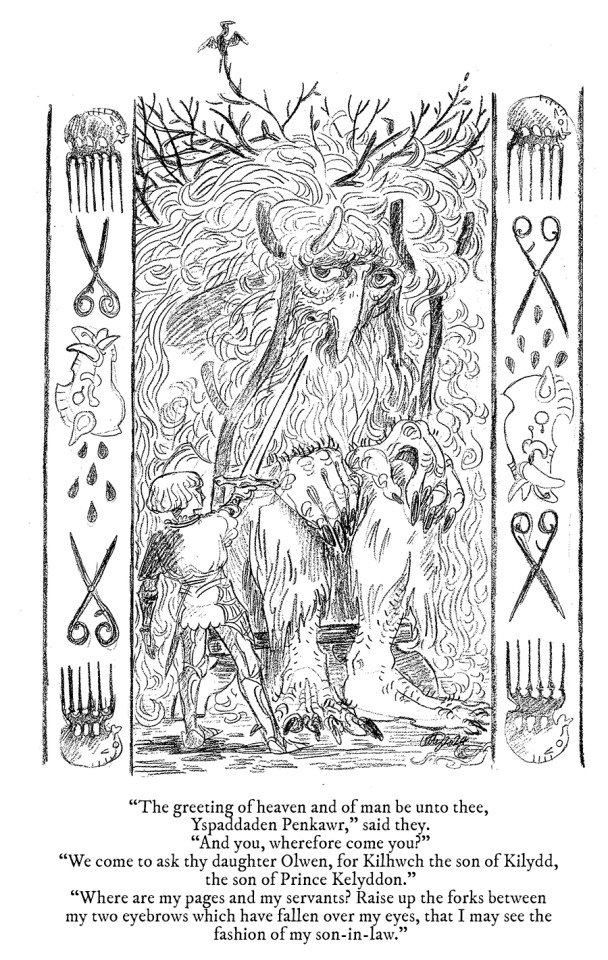
Doing a lazier version of @mortiscausa's fantastic arthurian drawing challenge! I'm using the prompts to inspire some pencil drawings based on the Mabinogion's tale of Kilwhch and Olwen (which in turn is the basis for a book I'm working on). First up, "Quest."
(edit: reuploaded the image without embarrasing typos oops!)
#arthuriana#folklore#drawing challenge#illustration#fairytale#giant#knight#legend#myth#british mythology#welsh#welsh folklore
194 notes
·
View notes
Text
As winter festivities draw near, the party girl Mari Lwyd stirs.
Wanting to spread some cheer I’ve made a Mari Lwyd base, so you may colour and decorate your own. You may edit the line work, but please do not remove my signatures and copyright info. This base is for non commercial use. If you wish to make adopts with the base consider donating to my ko-Fi.
I’d love to see what your Mari’s will look like.
You can find a transparent and solid base below.


#mythic mayhem#mari lwyd#welsh mythology#mythology#myth#welsh folklore#welsh tradition#base#art base#adopt base#free base#delyth thomas art
251 notes
·
View notes
Text
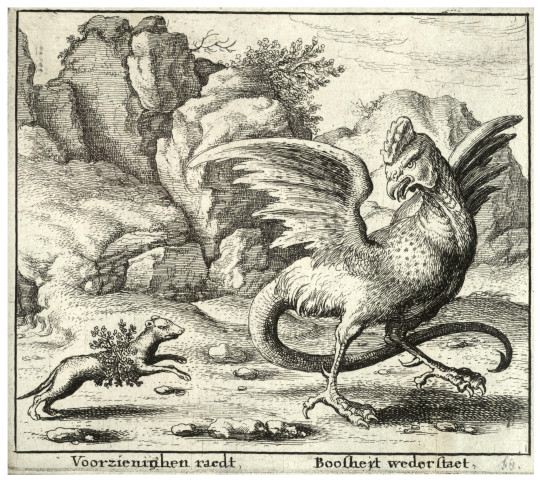
Wiston castle (Castell Gwys) is an old estate in Haverfordwest, Wales. As with many old fortresses in the region, there is a local folktale associated with it:
As the story goes, ownership of the castle was at one time disputed between several claimants. The situation was further complicated by the presence of a horrible monster: a basilisk had made its lair on the bank of a nearby river. Though the creature was only about 2 feet (60 cm) long, it was exceptionally deadly, being able to kill people merely by looking at them. Any would-be heroes who tried to sneak up on the basilisk from behind were swiftly disposed of as well, as the monster had a separate set of eyes on the back of its head. It was a black and yellow reptile, and those who managed to avoid its 360° death vision would succumb to its deadly noxious breath. But it had a weakness: if the basilisk was seen by a living human, without being able to see that human, it would drop dead on the spot.
And so the locals agreed that if anyone managed to look at the monster without being seen by it, deserved to inherit the Wiston estate. Several adventurers attempted to do so, emboldened by the promise of wealth and titles, but all of their quests ended in deadly failure.
As is often the case with legends about quests and monsters, the hero of the story – curiously, I could not find his name – succeeded through wit and trickery rather than force. He rolled a wooden barrel up a nearby hill and climbed aside. The barrel rolled down the hill past the basilisk’s lair and he cautiously looked through the bunghole (the tiny round gap in the side of a barrel) as he rolled by. He yelled at the monster and mocked it, but the creature could not see him. ‘Ha, bold basilisk!’ he shouted, ‘I can see you, though you can’t see me!’
And so the basilisk fell to the ground. Having fulfilled the requirements of the quest, the hero became the rightful owner of the Wiston castle.

Basilisks are a rather well-known type of monster, usually being portrayed as a dragon-like creature or a monstrous rooster in modern times. I will not detail the entire history of basilisks here, but one account by the ancient Roman author Plinius Maior describes the basilisk as a frighteningly noxious snake: these monsters are supposedly so dangerous that the very grass on which they move will burn away from their presence. Its vile breath destroys shrubs and its gaze is lethal (this last trait is commonly attributed to basilisks throughout time, like in the Welsh story we just went over). Plinius claimed that these serpents are about twelve fingers long and can be distinguished by the crown-like white spot on the forehead.
Finally, according to Plinius, there is an older belief that the venom of a basilisk is so horrifyingly potent that if a rider on horseback kills one of these monsters with a spear, the venom would somehow flow up the shaft of the spear and kill both the rider and his horse.
Additionally, it is said that these beasts hatch from the egg of a rooster. Such an egg doesn’t have a normal eggshell, but instead is covered in thick skin. It is round and has a muddy colour, unlike a normal egg, and is supposedly laid when a rooster reaches a certain (old) age, and then can only be laid in summer. Even then, the egg has to be sat upon by a rooster, and it is supposedly very difficult to keep the rooster away from its egg.
Edward Topsell, in his 1658 ‘history of four-footed beasts and serpents’ proposes a possible origin for this story: a rooster living in unsanitary conditions might vomit a compact cluster of undigested food, which might appear as a weird egg to a superstitious farmer. It is possible that such clusters sometimes included a parasitic worm, which appears to ‘hatch’ from the ‘egg’ when the worm starts to move. It is not impossible that such a story was exaggerated through many retellings, until the worm became a snake.
Sources:
Roberts, T., 1984, Myths and Legends of Wales, Abercastle Publications.
Naturalis Historia, by Plinius Maior, book VIII, chapter 33. Which you can read here.
Edward Topsell, 1658, “The History of Four-footed Beasts and Serpents”, which you can read here.
(image source 1: Wenceslaus Hollar, 17th century, plate depicting a basilisk with its natural enemy, the weasel.)
(image source 2: Edward Topsell, 1658, “The History of Four-footed Beasts and Serpents”)
94 notes
·
View notes
Text
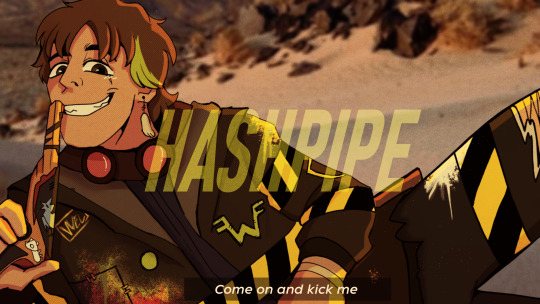
I keep forgetting to post this uhhh- Here's Killjoy Weezer!Mikey, and yes his killjoy name is Hashpipe
#weezer#weezer art#weezer fanart#killjoys#danger days#the true lives of the fabulous killjoys#ttlotfk#mikey welsh#crossover#alternate universe#art#digital art#drawing#doodle#fanart#bandom#band art#band fanart#Hashpipe is the elusive graffiti artist from Zone 7! He'd leave behind angry abstract art in any former BLI building#Nobody has ever really seen Hashpipe. even marking him as a zone myth and everyone assumed he's just your average crewless joe#Surprise surprise! He's part of Rivers' crew! Nobody would know this if it weren't for the W on his coat
32 notes
·
View notes
Text
Arthurian myth: Merlin (1)
Loosely translated from the article "Merlin" of the Dictionary of literary myths, under the direction of Pierre Brunet.

The literary fortune of Merlin was often dependent of the Arthurian literature. However, through its various resonances, the character gained its own seduction and its own popularity that allowed him to return outside of a medieval setting, gaining the status of an autonomous literary myth. He was at first the prophet of the Briton revenge, the one who had initiated the Round Table and who had inspired the errant-knighthood. Through his unique position between good and evil (he is born of a devil and a virgin), between life and death (his paradoxical survival within a “prison of air” or his vault), he embodies in modern times the enigma of History and of the future. Finally, he is the enchanter: causing or suffering many metamorphoses, he is a mythical builder and engineer, and sometimes a warlock/sorcerer. Merlin stays one of the prime heroes of the world of magic.
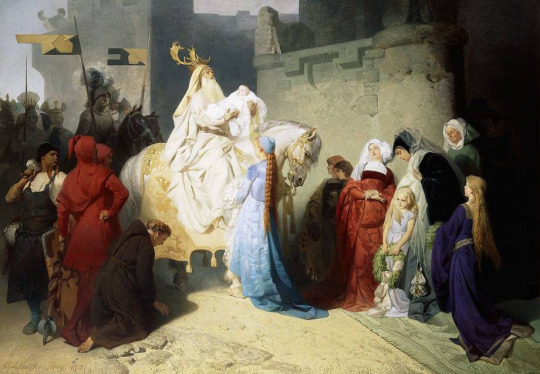
I/ Origins
The name and the character of Merlin appear for the first time within two Latin-written works of the second quarter of the 12th century, by the Welsh cleric Geoffroy of Monmouth: the “Historia Regum Britanniae” (1136) and the “Vita Merlini” (1148).
Nothing allows us to claim that a character named Merlin (Myrddin in Welsh) existed before these works. The very name of Merlin might have been an invention of Geoffroy, based on the name of the city of Kaermyrddin (today’s Carmarthen). It is also possible that Geoffroy used the phonetic similarity between the city and a “Merlin(us)” which belonged to the Armorican tradition (or more largely the continental one). However, Geoffroy of Monmouth did not start out of nothing. In the middle of the 12th century, Robert of Torigny, library of the abbey of Bec, claimed that two Merlin existed: a Merlin Ambroise/Ambrose (Ambrosius Merlinus) and a Merlin Sylvestre/Sylvester (Merlinus Silvester). This opinion was renewed thirty years later by Giraud of Cambria. Thes two names seem to correspond to two different traditions that Geoffroy joined:
1) “Merlin Ambrose” designates a character of the 6th century named Ambrosius. Gildas (in his “De Excidio et conquest Britanniae) made him the descendant of a Roman consulate family. Nennius( “Historia Britonum” presented him as a child born without a father, and whose mother had sex with an incubus – a tradition maintained by posterior authors. Nennius also provided the motif of the child revealing to the king Guorthigirn (Vortigern) the existence of two underground dragons preventing the building of his citadel. Discovered by the agents of the king at Kaermyrddin, the young Ambrosius interpreted the battle of the monsters as the omen of the long battles between the Briton and the Saxon. When Geoffroy retells this scene, he explicitly identifies Merln to this Ambrosius (“Merlinus, qui et Ambrosius dicebatur”).
2) “Merlin Sylvester” appears mainly in the “Vita Merlini”, and he seems to be the heir of older Celtic traditions. These traditions, shared by both Scotland and Ireland, depict a prince who lost his sanity and ran away into the forest, living there a wild existence while gaining supernatural powers. In Scotland it is Lailoken, known through the “Life of saint Kentigern”: on the day of the battle of Arfderydd (located by the “Cambriae Annals” at 573), this character, companion of the king Rodarch, heard a celestial voice condemning him to only have interactions with wild beasts [Translator’s note: The expression in French here is unclear if it speaks of human interactions or having sex, and I unfortunately can’t check the original Life of saint Kentigern right now]. Several predictions were attributed to him, predictions that the “Vita Merlini” places within Merlin’s mouth. Another incarnation of the “Merlin Sylvester” can be find back as early as the 8th century: in Ireland, the legendary king Suibne, turned mad after the battle of Moira, lived in trees (from which he ended up flying away), and shared similar traits with Lailoken. Similarly, in the Armorique there was the prophet Guinglaff, known through a verse-work of the 15th century “Dialogue entre le Roi Arthur et Guinglaff”.

The link between Merlin and those “wild men” becomes even more apparent thanks to several Welsh poems bearing the name “Myrddin”. Three of them belong to the “Black book of Carmarthen” (Welsh manuscript of the end of the 12th century) : The Apple-Trees (Afallenau), the Songs of the Pigs (Hoianau) and the Dialogue between Merlin and Taliesin (Ymddiddan Myrddin a Thaliesin). If the prophetic passages of these texts cannot be older than the Normand invasion, several lines where the bard talks to the trees and animals of the Caledonian forest (especially his pet-boar), complaining about his loneliness and his sorrow, could be the remains of a poem between 850 and 1050, which could be the oldest record of the Merlin legend.
Despite these many obscure origins, it seems that even before the publication of the “Historia Regum Britanniae” Merlin had awakened a certain interest within Geoffroy’s entourage, since Geoffroy decides to publish in 1134, due to the demands of several people including the bishop of Lincoln, a fragment of an unfinished work of his: the “Prophetiae Merlini”. Inspired by the Books of the Sybil, by the Apocalypse and by the prophetic imagery of Celtic and Germanic tribes, these “Prophecies”, that Geoffroy claimed to have translated from the language of the Briton, is first a record of several events that happened in Great-Britain since the Saxon invasion until the reign of Henry the First. Then, they announce in an obscure fashion the revenge of the Briton, and a series of disasters prefacing the end of the world. This text was a huge success: until the end of the Middle-Ages, these “Prophecies” were commented and quoted as equals to the holy Christian books. Alain of Lille, the “Universal Doctor”, wrote a commentary of the Prophecies in seven books. Merlin, first the great prophet of Wales, then of Scotland, was adopted in the 14th century by the England, which completely forgot the anti-Saxon origins of the character, and took the habit of beginning almost every speech by quoting a Prophecy of Merlin.
The ”Historia Regum Britanniae”, after the story of the two underground dragons and the text of the Prophecies, attributes to Merlin the building of Stonehenge, in the memory of Briton princes treacherously killed. Finally, it tells of how the prophet gave to the king Uter Pendragon magical potions that gave him the appearance of the husband of the duchess Ingern. A trick that allow the birth of the future king Arthur. As early as this first work, Merlin appears at the same time as a prophet and a wizard: a character claims that no one can rival with him when it comes to predicting the future, or accomplish complex machinations (“sive in futuris dicendis, sive in operationibus machinandis).
The ”Vita Merlini”, told in verse, completes Merlin’s biography by telling adventures of a very different tonality. Seer and king in the south of Wales, Merlin became mad after a deadly battle, and lived in the woods like a wild beast. Only the music of a zither can appease him. Led to the court of king Rodarch, chained in order to be kept there, he proves his gift of second sight throughout several “guessing scenes”. Before returning to the woods, he agrees to letting his wife Guendoloena marry again. However, on the day of the wedding, he appears with a horde of wild beasts, riding a stag. Ripping one of the antlers of his ride, he uses it to break the head of Guendoloena’s new husband. The rest of the text depicts Merlin as being saved by his sister Ganieda: he performs a series of astronomical observations and makes prophecies about the future of Britain. His disciple Thelgesin (identified with the Welsh bard Taliesin), back from the Armorique, joins him and they talk lengthily about nature. Finally, Merlin regains his sanity thanks to the water of a stream that just appeared, but he refuses to rule again and stays faithful to the forest.
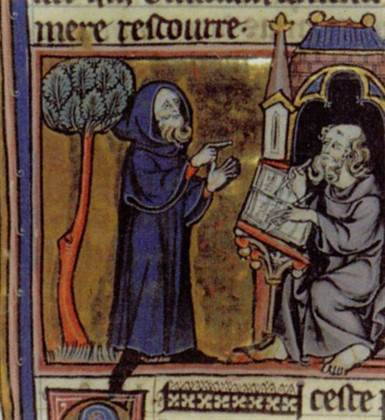
18 notes
·
View notes
Text






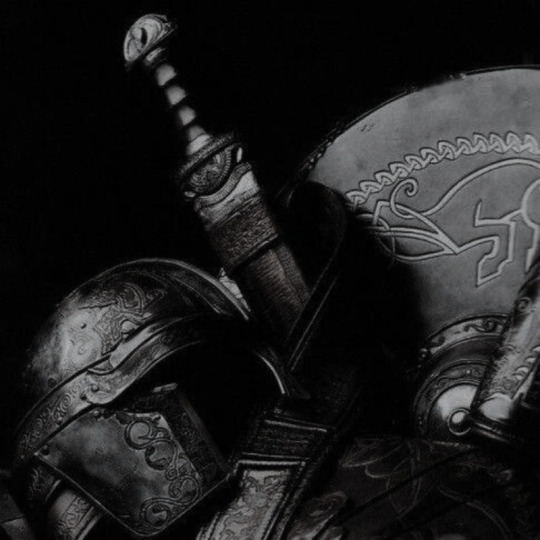
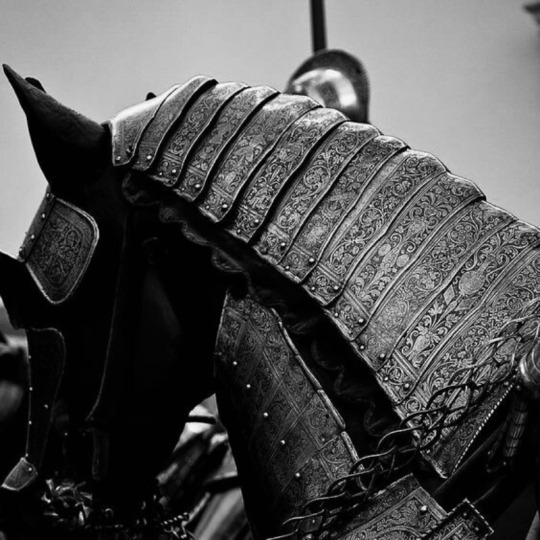

welsh mythology: aeron
aeron was the welsh god of battle and slaughter. his name was derived from the early goddess of slaughter, agroná.
230 notes
·
View notes
Text
Guivret and the other dwarves throughout the Arthuriana legends are, perhaps, the Coraniaid/Corrach of Welsh mythology
3 notes
·
View notes
Text

An ominous presence in the mountains. He is a silent being, wreathed in the mountains' grey mists.
Strangely, some choose to describe him as a more Bigfoot-esque creature. They say he is more flesh and blood, and believe he is a tall, hairy humanoid.
#BriefBestiary#bestiary#digital art#fantasy#folklore#legend#myth#mythology#welsh folklore#welsh legend#fae#brenin llwyd#the monarch of the mists#grey king#fairy#the grey king#monarch of the mists
32 notes
·
View notes
Text
I've fallen down a rabbit hole of Gaelic deities and personifications and I am having so much fun its unreal
My favorite so far has been Lir (or Ler!), who is the personification of the sea - his name quite literally means 'Sea' in Old Irish and I have to respect a fellow who's straight to the point.
Something I found fun was that his son's name is Manannán mac Lir, which translates to "Son of the sea" and is that such a cool flex. Like 'Hey, I'm very obviously the son of the massive, powerful, terrifying body of water that makes up 97% of the Earth' THATS SO NEAT DUDE BUT IT IS NOTED THAT I SHOULD NEVER ANGER YOU EVER
#irish mythology#welsh mythology#deities#personifications#Edit - I feel validated on my stance because it seems in Gaelic myth Manannán takes over Lir's position of whatever he does as the#personification of the sea and id just like to say I will be wary when nearing the ocean upon any given point in my life from now on#manannán mac lir
33 notes
·
View notes
Photo


f/f february: epona & rhiannon
requested by anon
118 notes
·
View notes
Text
really love how unsubtly the camlann podcast is doing merwaine
#merwaine#i respect the agenda#i might just be completely projecting my bbc merlin bias on it tho#but idc let me have this#they acknowledge gwens grief#morgana isn't villianized#arthur and the knights are criticized#the welsh myth and the soundscaping is wonderful#really love this pod so far
6 notes
·
View notes